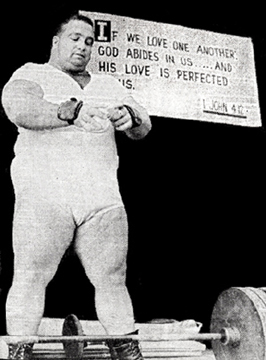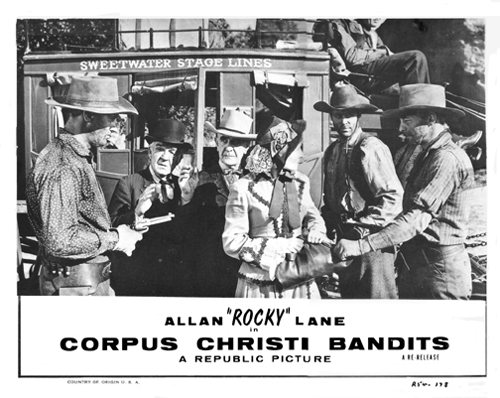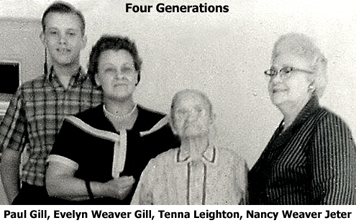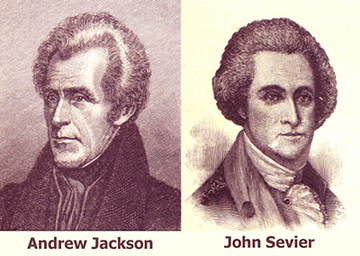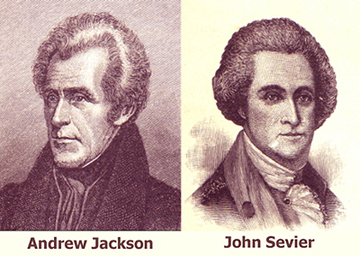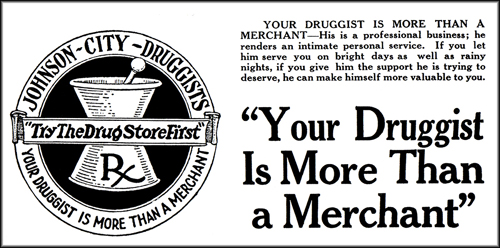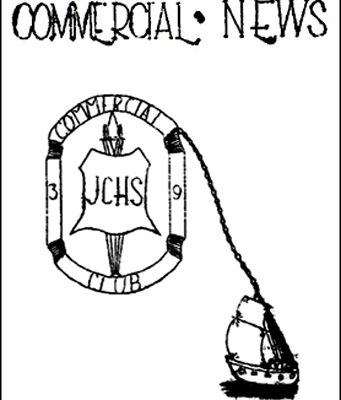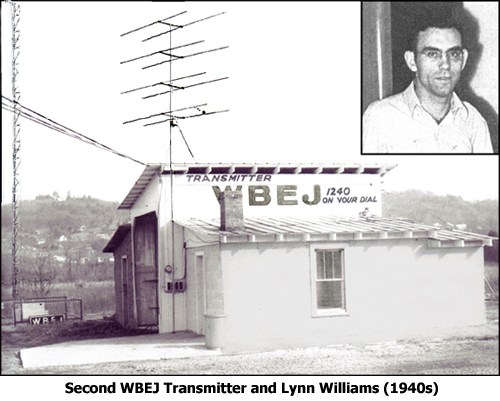On August 9, Johnson City lost one its crown jewels, 79-year-old Chester “Chet” Willis, who was born in Washington County and moved away for several years before returning to the city. He retired from the City of Johnson City’s Department of Services and Water Department, became a member of the Cemetery Survey Team of Northeast Tennessee and had recently worked for the Oak Hill Cemetery Friends and Volunteers.
Alan Bridwell introduced me to Chet about a year ago. We drove to the cemetery one afternoon and found the kind unassuming gentleman going about his work of maintaining and restoring the historic old graveyard. He faithfully opened the gates each day at sunrise and closed them at sunset. His impressive contributions to Oak Hill can best be noted from an excerpt of comments made by Bridwell at his friend’s funeral:
“I have known Chet Willis for the past three years. I met him while wandering around Oak Hill Cemetery one afternoon looking for a gravesite. I saw a gentleman with a cowboy hat working around a gravestone. I asked him if he had ever seen the grave of Ted Laws, the noted artist who painted railroad scenes. He walked over to a white pickup truck, pulled out a large cemetery registry and took me right to the grave that I had been trying to find for several weeks. This was the beginning of a rewarding friendship.
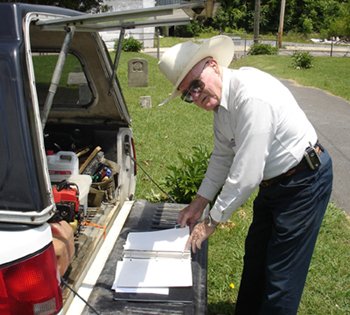
“Let me describe Oak Hill Cemetery before Chet Willis started working there. It is a very old cemetery in Johnson City with burials starting around 1870, shortly after the town was incorporated. It includes the graves of Henry Johnson and several founders of Johnson City. Over time it was essentially abandoned and frequently vandalized. Weeds and vines had overtaken the perimeter fences and many people likely did not even realize that a large city cemetery was located there. A small colony of homeless people was actually living in a lower portion of the property.
“Chet basically adopted the cemetery to clean and restore it. He repaired over 100 gravestones that had either been vandalized or deteriorated with age and cleaned around 2,700 gravesites. In addition, he transcribed and created a detailed registry of all people buried there and developed a grave numbering system complete with stenciled markers denoting each row of graves. This was a tedious and painstaking task to accomplish.
“One day in October 2007, I found Chet very downhearted after some kids had knocked over and damaged about 20 markers that he had earlier spent days repairing. Later that week, I saw him back at the cemetery quietly repairing the damaged graves.
“I once asked Chet why he worked so hard at Oak Hill, knowing that he had no family member buried there or other obvious connection to the graveyard. He said that his reward was seeing more people visit the cemetery, put flowers on graves and express gratitude for finding an ancestor’s grave with the registry he developed. Chet never sought publicity; he simply saw work that needed to be done and set out to make a difference by getting it done.”
“Chet was a spiritual man. His Bible was evident and close by his chair in his living room. As Chet was undergoing chemotherapy and radiation treatment, he would hold up his hand for prayer and pray for strength to go through the next phase. There is no doubt to me that his work in the cemeteries was an inspired work that gave him a spiritual lift.”
Alan ended his eulogy appropriately with a quote from 2 Timothy 4:7: “I have fought a good fight, I have finished my course, I have kept the faith.” The passing of Chester Willis left some very large shoes to fill at Oak Hill Cemetery.

